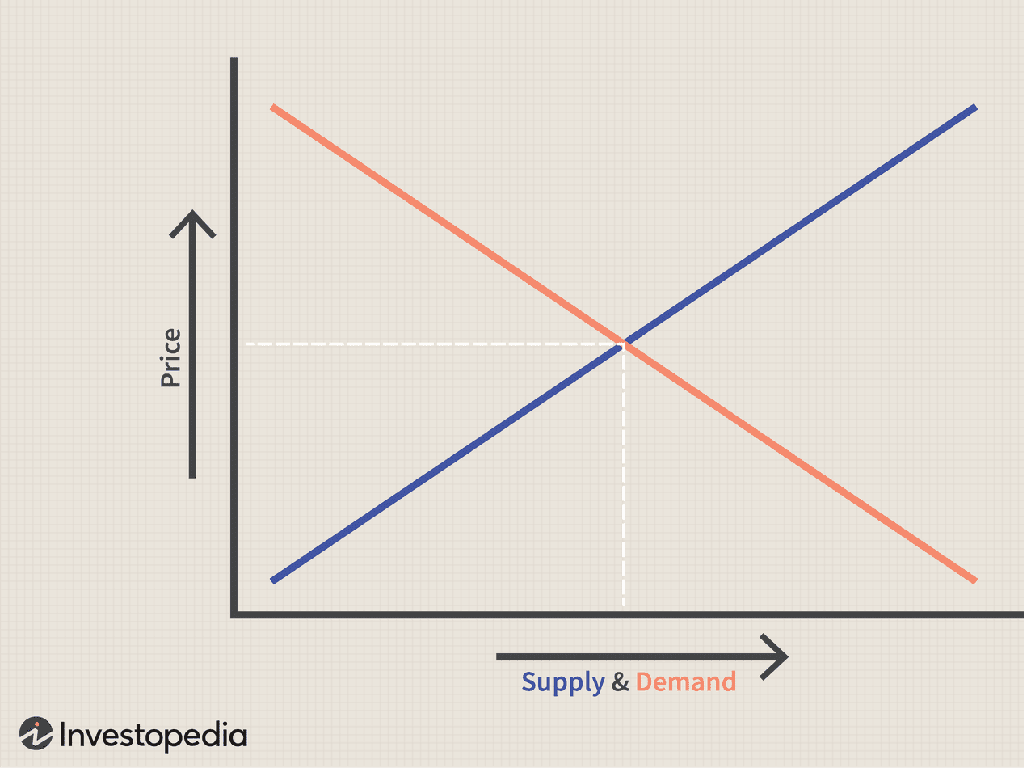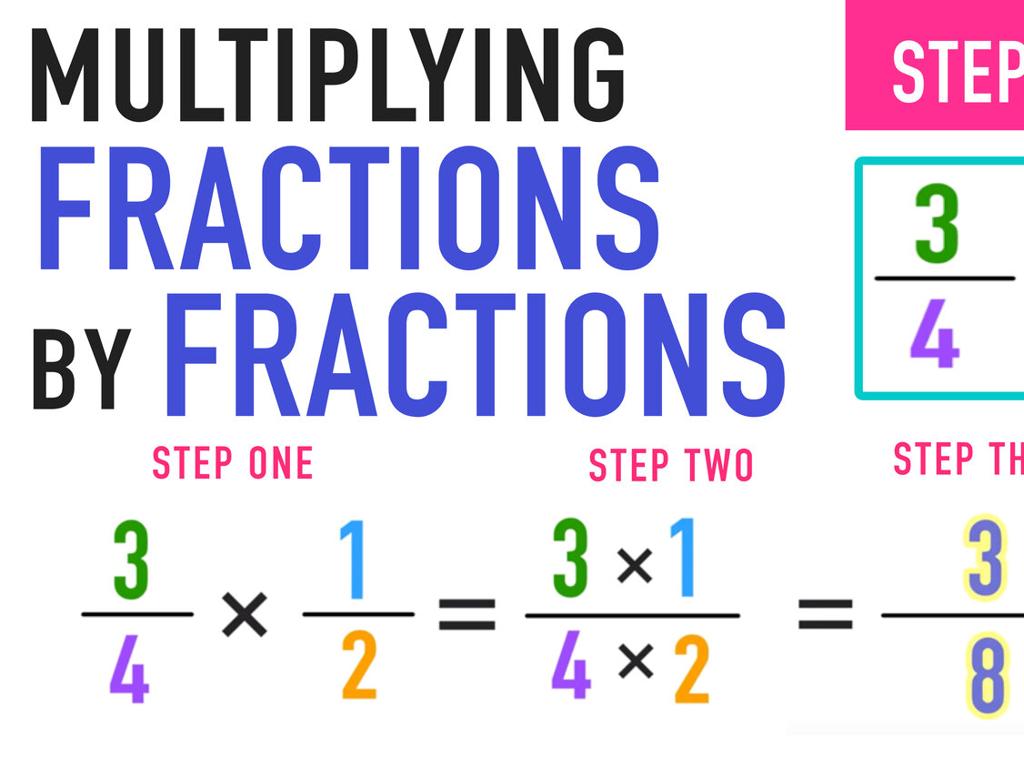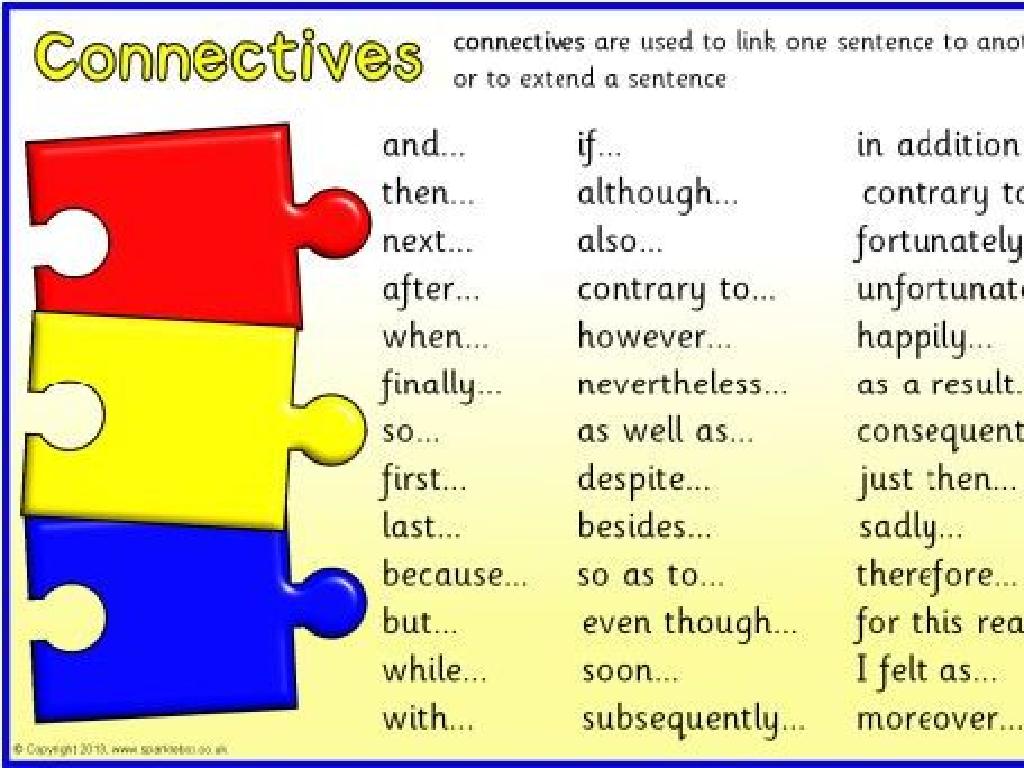Use Compensation To Subtract - Up To Three Digits
Subject: Math
Grade: Second grade
Topic: Subtraction Strategies: Three Digits
Please LOG IN to download the presentation. Access is available to registered users only.
View More Content
Subtraction Strategies: Compensation Method
– Learn a cool subtraction method
– ‘Compensation’ makes it easier
– Add or subtract a little to round numbers, then fix it after
– Practice with three-digit numbers
– Example: 302 – 199, think of 199 as 200, then subtract 200 from 302 to get 102, and add back 1
– Become a subtraction superstar
|
Today’s lesson introduces the compensation method for subtraction, which is a handy tool for making mental math simpler. The idea is to adjust one of the numbers to a round number, perform the subtraction, and then compensate for the adjustment at the end. This method is particularly useful when dealing with three-digit numbers, as it can make the process less intimidating for second graders. Encourage the students to practice this method with various examples and reassure them that with practice, they’ll be able to subtract numbers quickly and accurately, becoming subtraction superstars in no time.
Understanding Subtraction: Taking Away Numbers
– Subtraction means taking away
– It finds the difference between numbers
– If you have 7 toys and give away 2, subtraction tells you how many you have now.
– Helps us know how many are left
– Like if 10 candies are shared and 3 are eaten, how many are left?
– Example: 5 apples – 2 apples = 3 apples
– It’s like having a bunch of something and then some go away.
|
This slide introduces the basic concept of subtraction to second graders. Subtraction is explained as the process of taking away one number from another, which helps us find out how many items are left or the difference between two numbers. Use everyday examples to illustrate subtraction, such as toys or candies, to make the concept relatable and easier to understand. Encourage students to think of their own examples of taking things away in their daily lives. This foundational understanding will be crucial as they learn more complex subtraction strategies involving larger numbers.
Understanding Compensation in Subtraction
– What is compensation?
– Compensation is a subtraction strategy
– Adjust numbers for easier subtraction
– Make numbers round for simple math
– Keep the same difference
– The answer remains unchanged
– It’s like making a trade
– Trade for numbers that are easier to subtract
|
Compensation is a subtraction strategy that involves adjusting numbers to make the subtraction process simpler for second graders. For example, if students are subtracting 398 from 647, they can round 398 to 400, subtract to get 247, and then add 2 to find the correct answer, 245. This method helps students deal with more manageable numbers and reduces the likelihood of errors. It’s important to emphasize that the overall difference between the original numbers remains the same after compensation. Encourage students to practice this strategy with various numbers to become comfortable with the concept of trading for friendlier numbers while maintaining the integrity of the subtraction.
Using Compensation in Subtraction
– Choose a near ’round’ number to subtract
– If subtracting 398, think of 400 instead
– Make the first number ’round’
– If you have 650, round it to 700 for easy math
– Adjust the answer for correct difference
– After subtracting, add or subtract the difference you rounded
– Practice with examples
– Try 650 – 398 using compensation!
|
This slide introduces the concept of compensation in subtraction, which is a strategy to simplify the process by working with round numbers. Teach the students to identify numbers close to tens, hundreds, etc., and adjust the numbers they are working with to these round numbers before performing the subtraction. It’s crucial to remind them to adjust their final answer to account for the initial rounding. Provide several examples and encourage students to practice this technique with different numbers to become comfortable with the concept.
Subtraction with Compensation
– Start with 456 – 298
– Round 298 to 300
– Rounding makes subtraction easier
– Add 2 to 456 for compensation
– Compensate to keep the sum balanced
– Subtract 458 – 300, then adjust
– Final step: subtract the 2 we added
|
This slide introduces the concept of using compensation to simplify subtraction problems involving three-digit numbers. It’s a strategy that helps students manage more complex calculations by rounding and adjusting. The example provided demonstrates how to round the number being subtracted to a more manageable figure, adjust the original number accordingly, and then perform the subtraction. After finding the result, it’s important to adjust back by subtracting the amount that was initially added for compensation. This method helps students to perform subtraction more confidently and accurately. Encourage students to practice this strategy with different numbers to become proficient.
Your Turn to Try: Practice Compensation
– Pair up with a classmate
– Choose numbers to subtract
– Adjust numbers using compensation
– If you have 403 – 158, change to 400 – 155
– Calculate the new difference
– After adjusting, subtract: 400 – 155 = 245
|
This slide is an activity prompt for students to practice the compensation strategy for subtraction. Students should work in pairs to select three-digit numbers and use compensation to make subtraction easier. For example, if the problem is 403 – 158, they can adjust the numbers to 400 – 155 to make it simpler to subtract. After adjusting, they should calculate the new difference. The teacher should circulate the room, assisting pairs as needed. Possible variations for different pairs could include adjusting only the subtrahend, only the minuend, or both. Encourage students to explain their reasoning for the adjustments they make. This hands-on activity will help solidify their understanding of the compensation strategy in subtraction.
Math Detective: Using Compensation to Subtract
– Become math detectives today
– Find numbered objects in class
– Subtract using compensation
– If you have 256 and 153, round 153 to 150, subtract to get 106, then add 3 back.
– Present your findings
|
In this engaging class activity, students will search for objects around the classroom that have numbers on them, such as books with page numbers, blocks with numbers, or any labeled items. Once they find an object, they should use the compensation strategy to subtract the smaller number from the larger one. For example, if a student finds a book with 256 pages and another with 153 pages, they should round 153 to 150, subtract it from 256 to get 106, and then add the 3 back to find the correct difference. After completing their detective work, each student will share how they used compensation to find the difference between their numbers. This activity will help students understand the concept of compensation in subtraction and how to apply it to larger numbers. Provide guidance on rounding numbers and using compensation effectively. Prepare to offer additional examples if students struggle with the concept.
Conclusion: Mastering Compensation in Subtraction
– Celebrate your hard work, detectives!
– Review: Compensation in subtraction
– Compensation means adjusting numbers to make them easier to subtract
– Practice is key to success
– Keep practicing at home!
|
As we wrap up today’s lesson, it’s important to celebrate the students’ efforts in learning a new subtraction strategy. Reinforce the concept of compensation, which involves tweaking numbers to make mental subtraction simpler. For example, if subtracting 399 from 500, we can adjust 399 to 400, subtract to get 100, and then subtract 1 to compensate, resulting in 99. Encourage students to continue practicing this technique at home with different numbers to become more comfortable and quicker at mental subtraction. Provide a few example problems for them to take home and practice, and remind them that with each practice, they are becoming subtraction experts!






